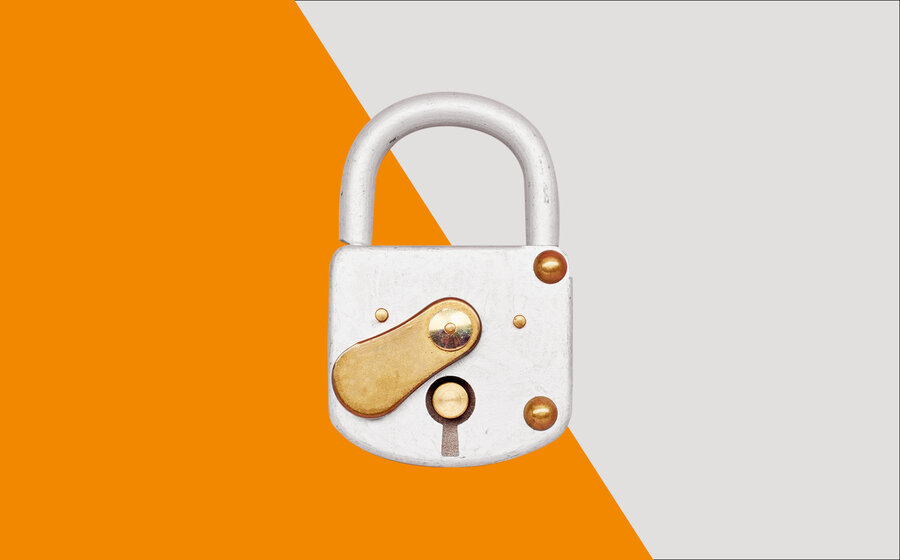The transition period: from employee to self-employed.
How can you avoid gaps in your pension provision?
- Plan early: start planning your retirement as early as possible and find out about your retirement options – preferably with the help of retirement experts.
- Purchase second pillar benefits: Ask your pension fund how big the potential gap could be. You will find more information on purchasing benefits in the second pillar and what you need to consider here.
- Alternative affiliation: consider joining a pension fund that only offers non-mandatory benefits.
- Pillar 3b: Pillar 3b is part of the private pension system. While pillar 3a ensures long-term (restricted) pension provision, pillar 3b consists of voluntarily saved assets such as life insurance, real estate, securities and equities.
- Consider alternative legal forms: If you set up a limited liability company or a corporation, you will need the corresponding share capital, but you will then be employed by your own company (employee status).
The second pillar has many advantages
Should self-employed persons opt for the second pillar or choose pillar 3a? Is a combination possible, and does it make sense?
In pillar 3a, self-employed persons have more latitude than employees. If they do not make any contributions to a pension fund, they can pay in up to 20% of their net income each year into pillar 3a (maximum CHF 35,280.00/year). However, if you do contribute to the pension fund, you can pay a maximum of CHF 7,056 per year into pillar 3a.
«In many cases, the advantages of pension provision in the second pillar prevail. A combination of the second pillar and pillar 3a is of course also possible.»
By law, contributions to a pension fund may amount to up to 25% of income annually, and just like contributions to pillar 3a, they are tax deductible. In the case of the second pillar, there is also the ability to make voluntary purchases. That makes it possible, for example, to further reduce the tax burden in high-income years. In terms of tax savings, self-employed persons benefit more from the second pillar.
If you want to provide for your family, you will also benefit from choosing a pension fund, as it provides coverage for death and disability. An alternative to pillar 3a is to take out a separate disability insurance policy or a private life insurance policy..
In pillar 3a, you can often define the investment strategy yourself. This is also possible in the second pillar, but only for the area not covered by the Guarantee Fund. This means that the investment strategy normally can be self-defined for salary components starting at CHF 132,000.00.
If the issue is ultimately the payout of the pension fund balance in retirement, the second pillar is the better option: with the pension fund, you can choose to receive the capital as a lump sum, an annuity or a combination of the two.
What options do self-employed persons have in the second pillar?
There are three options open to self-employed persons looking to insure themselves under the second pillar.
- Sector solution
Affiliate with the pension solution of your professional association. - Employee pension fund
Self-employed persons with employees can insure themselves in the same way as their employees, with the same pension fund and under the same conditions. - Substitute Occupation Benefit Institution
Affiliating with the Substitute Occupation Benefit Institution under the minimum legal conditions is possible.
How do I find a suitable pension fund?
For self-employed persons, the second pillar offers many advantages. Those who decide to make use of this option so are faced with the next question: How do I find a suitable pension fund?
No matter what your situation, the choice of pension fund should be made carefully. It’s important to consider quality and financial stability. Specifically, this means the coverage ratio, the ratio of pension beneficiaries to active insured persons, the conversion rate, the interest rate and the cost–benefit ratio. Also look at the pension fund’s investment strategy. Is it focused on returns or on long-term financial security? Flexibility is also crucial – in other words, how the chosen pension fund solution can be adapted to your company’s development. Choose a pension fund whose investment strategy is also in line with your objectives and needs. Also, do not underestimate the administrative costs that a pension fund will charge you.
Tellco pk offers affiliated professional associations, interest groups and other cooperatives the opportunity to take advantage of all the synergies associated with providing employee benefits insurance to a cooperative. More information can be found here.







![[Translate to Englisch:] [Translate to Englisch:]](/fileadmin/_processed_/9/9/csm_tellco_news_segelschiff_6d96db2948.jpg)
![[Translate to Englisch:] [Translate to Englisch:]](/fileadmin/_processed_/7/0/csm_tellco_pk_aktuelles_einkauf_pensionskasse_59ad27c08f.jpg)
![[Translate to Englisch:] [Translate to Englisch:]](/fileadmin/_processed_/d/f/csm_20230331_Tellco_Linkedin_Zinserhoehung_f603e5ebda.jpg)


